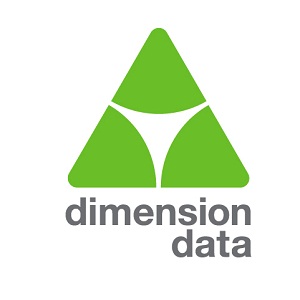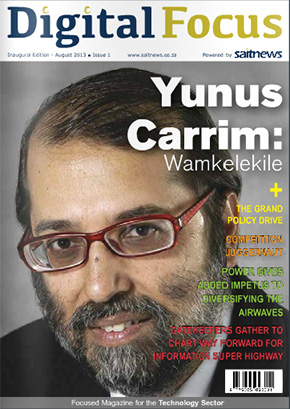Challenges face cloud computing in contact centres
 The unprecedented pace of technological change, coupled with maturing customer service expectations, is driving a transformation in the way that organisations source, implement, manage and support technology in contact centres.
The unprecedented pace of technological change, coupled with maturing customer service expectations, is driving a transformation in the way that organisations source, implement, manage and support technology in contact centres.
According to the results of the Dimension Data Global Contact Centre Benchmarking Report 2012, this change is less about the capabilities of the new technology, than about the infrastructure’s ability to deliver the highest levels of availability, flexibility, agility and mobility.
The big challenge for many contact centres is that they’re already wrestling with ageing technology, which is expensive to maintain and upgrade, while they are under increasing pressure to deliver customer service through a multiplicity of channels and customer contact points.
The report surveyed 637 contact centres in 72 countries. It revealed that, ‘Service availability and business continuity’ has replaced ‘Convergence’ as key contact centre technology trends, with the latter slipping from first to fourth highest position. Meanwhile, ‘Consolidation of technologies’ and ‘Consolidation of vendors’ - up one place to second and third respectively - remain important technology trends, not only where organisations are simplifying their legacy technology estates, but also where they’re integrating new channel technologies.
Given the complexity of existing technology environments, it’s not surprising that ‘Integration’, ‘Lack of flexibility’ and ‘Upgrades too expensive’ are the topmost common challenges being experienced in today’s contact centres.
Further complicating the mix is a progressive move away from applying a dedicated contact centre technology strategy to incorporate it into the wider enterprise customer management strategy (now at 66.8%). Investment for upgrades and enhancements are harder to authorise and are driving the need to consider alternative sourcing models for specific functionality, which will include cloud-based solutions on a pay-as-you-use operating expenditure model.
For many contact centres, there’s an apparently large gap between the capabilities available from the infrastructure and actual requirements. 11.5% to 16.1% of organisations do not believe their core infrastructure components will meet their future needs. 12% to 16.6% don’t believe existing solutions meet current needs.
When sourcing new infrastructure component or enhancements, organisations should consider both current and future requirements. Vendors and service providers should share their roadmaps and specific investigations of modular enhancements to prevent an additional need for major upgrades in the future.
Already, 30.4% of contact centres report they have no, or only a limited, involvement in the design of business requirements for new technology solutions. Of these, 7.2% state that it’s purely a contact centre decision. For ‘Sourcing’, it’s 40.2% as the enterprise technology strategy takes hold. These results clearly highlight an industry transition point in terms of accountability and responsibility for contact centre business requirements and the sourcing of technology.
There’s a real danger that the specific needs of contact centres get lost. Just 59% of participants believe their current core infrastructure components (includes CRM, CTI, routing, self-service and workforce optimisation) meet their current needs, while for future needs, this figure drops considerably to a mere 13.8%.
The deployment of IP has progressed well and traditional IP-based contact centre functionality has a high level of success in meeting current and future needs at 64.7% and 13.5% respectively. Flexibility and compliance with enterprise wide technologies are seen as the main benefits of IP-based solutions; flexibility for the third year in succession, while compliance is up by 51.6% over the same period.
Andrew McNair, Dimension Data’s head of Global Benchmarking, says, “Cloud is here to stay, and many organisations are beginning to recognise the benefits of cloud-based solutions. It has doubled in its importance from the 2011 results. As organisations will need to find a way to use, re-use and upgrade existing technologies, the inevitable migration will likely be gradual using a hybrid approach, with an appropriate ownership model selected for each application. Cloud is not an all-or-nothing decision.”










